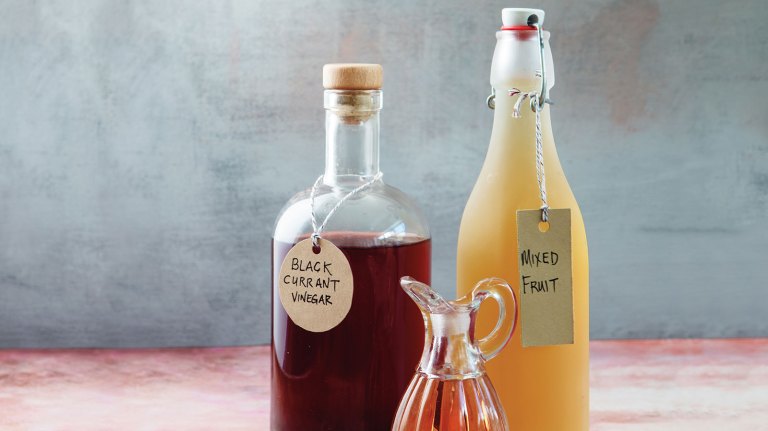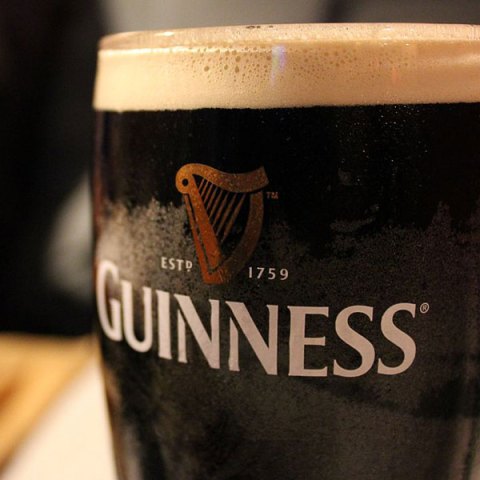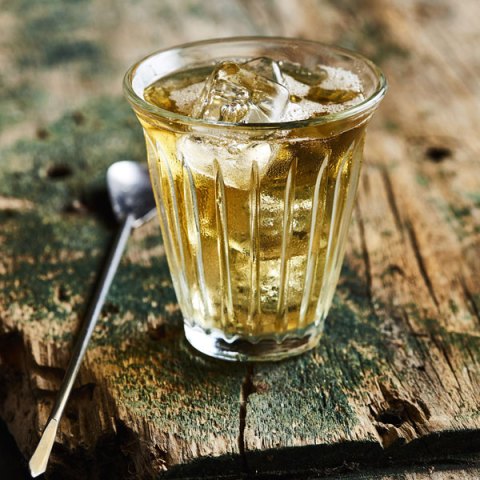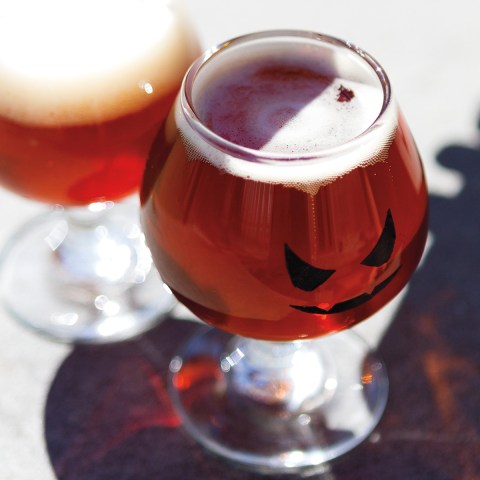Ginger Bug and Herby Ginger Soda for Summer Fizz
Not a fan of kombucha’s bite? Ginger bug is an easy-to-make, probiotic-rich culture that delivers beneficial bacteria and tastes great in homemade sodas.

The cornerstone of good food preservation is attention to the Now. Preserving is about using what’s at hand, not wishing for otherwise, and not clinging so tightly to something we’re afraid to lose. Preservation isn’t about madly saving everything. It’s about staying in the moment and embracing the inevitability of transformation and renewal.
Transformation and renewal has me thinking about bugs … in this case, of the ginger variety.
Never heard of ginger bug? Akin to kombucha, kefir, yogurt, sourdough, or kraut, ginger bug is another avenue to fizzy, probiotic goodness. It is essentially a fermented slurry of yeast (contributed by the ginger), sugar, and water. When you mix a portion of bug with a sweetened liquid like tea or juice and allow the whole thing to ferment a little further, you end up with a delightful fermented soda teeming with beneficial bacteria. That bacteria, as I’m sure you know, is good for belly health, enhancing assimilation and elimination, fighting inflammation, and cultivating a stellar immune system.
If you’ve never made bug before, rest assured. It’s super easy, and because of that, it’s my absolute favorite vehicle for creating probiotic beverages. You don’t need to order any special ingredients, nor do you have to wait for a friend to pass a kombucha or kefir colony on to you. All you need is fresh ginger, filtered water, and unrefined cane sugar.
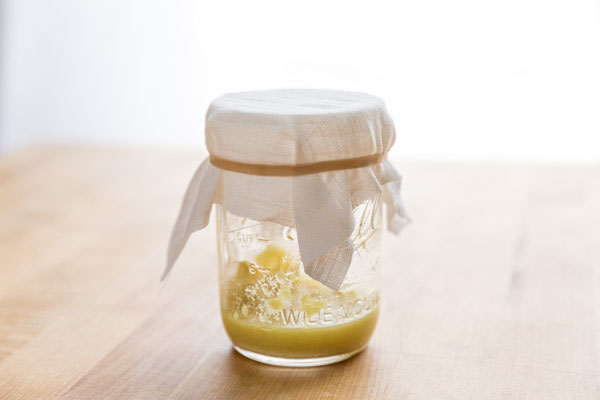
Here’s the basic ginger bug how-to:
- Purchase a good-sized hand of fresh ginger root. Break off a knob, peel it, and grate it until you have about two tablespoons.
- Put the grated ginger in a clean pint-sized jar and whisk in a tablespoon of sugar and two tablespoons of water.
- Cover the jar loosely with cheesecloth, a clean dishtowel, or a coffee filter, and place it in a warm spot in your kitchen.
- Every day for five days, repeat the process: Mix an additional two tablespoons of grated ginger, one tablespoon of sugar, and two tablespoons of water into your jar. The slurry will begin to get foamy and bubbly, giving off a yeasty scent not unlike sourdough starter or beer.
- After those five days are up, you can store the mixture in your fridge, feeding it once a week with two tablespoons of ginger, one of sugar, and two of water; stir.
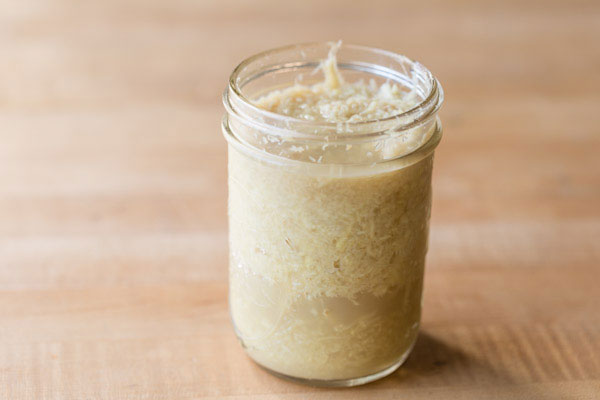
Now that you’ve got the bug, you’ve got the base for my Herby Ginger Bug Soda recipe. This brew — no surprise — combines the tang of the fermented bug with a sweetened tea made from cooling, invigorating, aromatic herbs, the ones that boast delicate color and texture. Use any of the following herbs to make your tea, in any combination, subbing in what you have on hand or to suit your taste.
Mint: A cooling, drying, soothing aromatic with a primary effect on the nervous system. All mints settle the stomach, help expel gas, and have a mild palliative effect on colds, fevers, and headaches. Note: peppermint is more heating than other mints; if you have any issues with chronic heartburn or acid reflux, stick to spearmint.
Lemon balm: Another member of the mint family, lemon balm is cooling, relaxing, and uplifting. It’s a mild astringent, good for colds, flu, digestive upset, and is wonderful in general for digestive health, anxiety, sadness, and depression, for enhancing sleep, memory, and concentration, and for generating a positive outlook. It’s got an incredible aroma and a sweetly mellow flavor.
Rose petals: I only collect petals from wild roses; Rosa rugosa and Rosa canina are my go-tos. Rose is cooling, drying, toning, and uplifting. It reduces stress, eases heartache, and is a good support for those working to lower blood pressure.
Lemon: I love adding a dash of citrus to my teas and sodas. Lemon is my favorite, but grapefruit, orange, or lime would work nicely, too. Lemon cools the body, helps tone the gallbladder and kidneys, and is a wonderful tonic for colds and flu.
Chamomile: This is a lovely, earthy herb for leveling out the sweet-tart taste of this bug/tea brew. Chamomile is cooling, relaxing, aids digestion, soothes the nerves, and is wonderfully aromatic.
Hibiscus: A member of the rose family, hibiscus is cooling, balancing, helps regulate body temperature, fluid balance, and blood pressure. It’s wonderful for circulation, high in vitamin C, and is enormously refreshing and hydrating. Bonus? The color!
Other herbs: Quite often, I’ll add whatever I have on hand or in my basket from the morning’s harvest, depending on what’s in bloom. Nettle, elder, hyssop, catmint, and yarrow have graced my brews in the past.
Let the good times fizz!
Herby Ginger Bug Soda
Ingredients
- 2½ quarts (10 cups) water
- 1 cup unrefined cane sugar
- ½ cup ginger bug liquid (see Note)
- Herbs of choice (10 tablespoons fresh herbs or 5 tablespoons dried)
Directions
1. Strain ½ cup of ginger bug liquid from your bug jar and set aside.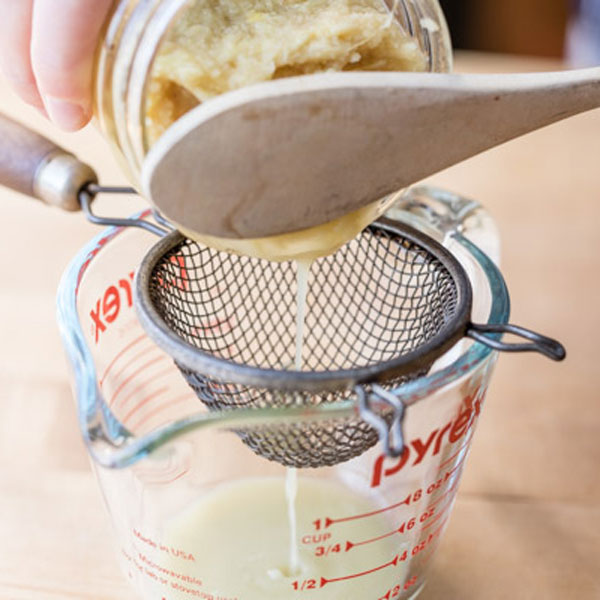
2. Bring water to a boil. Remove from heat and stir in herbs (fresh or dried). Cover and steep for at least 20 minutes.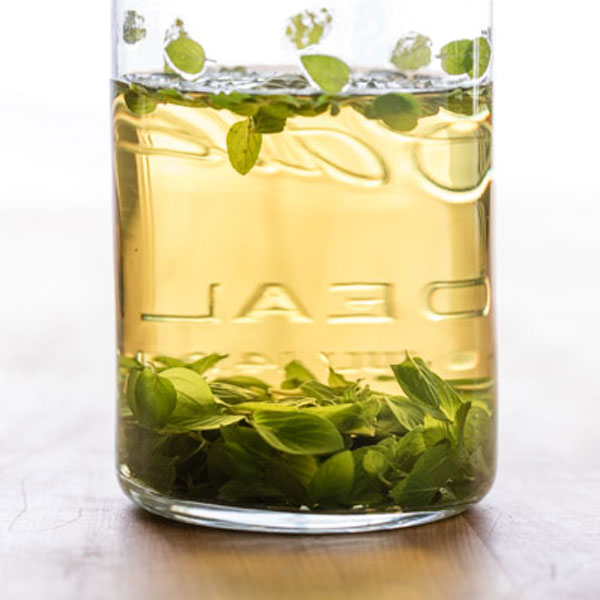
3. When tea is finished steeping, strain out the herbs and stir in sugar until dissolved. You can add the sugar in batches to make it easier.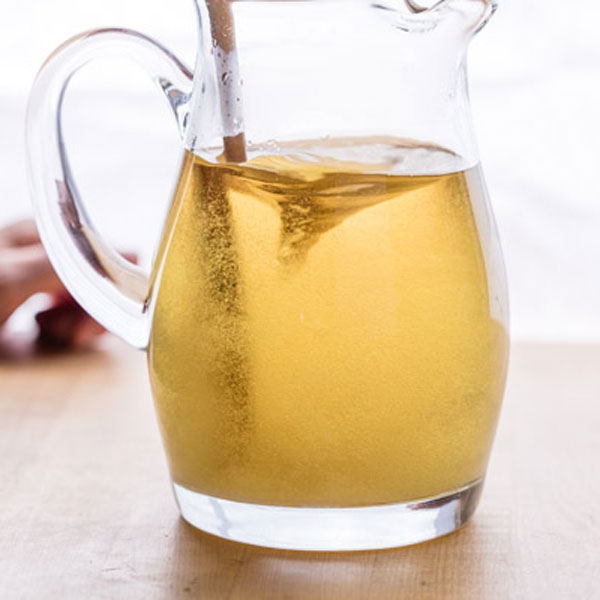
4.Using wooden or glass utensils only, stir in the ginger bug liquid.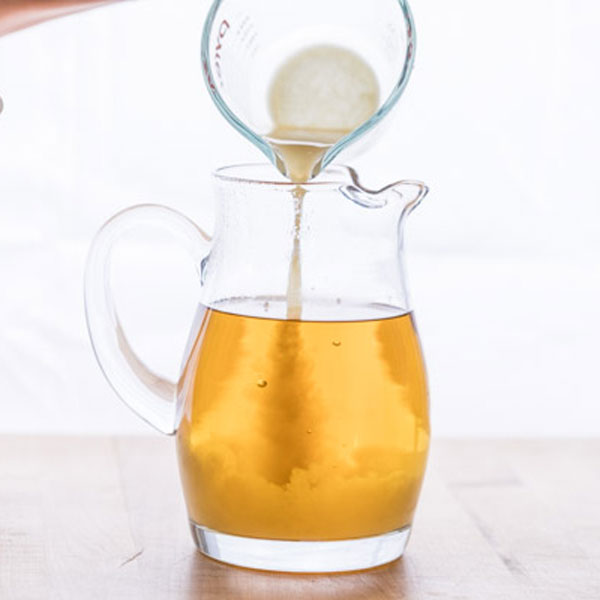
5. Decant your ginger-bugged tea into individual bottles, leaving at least one inch of headspace in each bottle. Ideally, you should use flip-top bottles to protect against accidental pressure build-up, which could lead to minor explosions. You can find flip-top bottles online.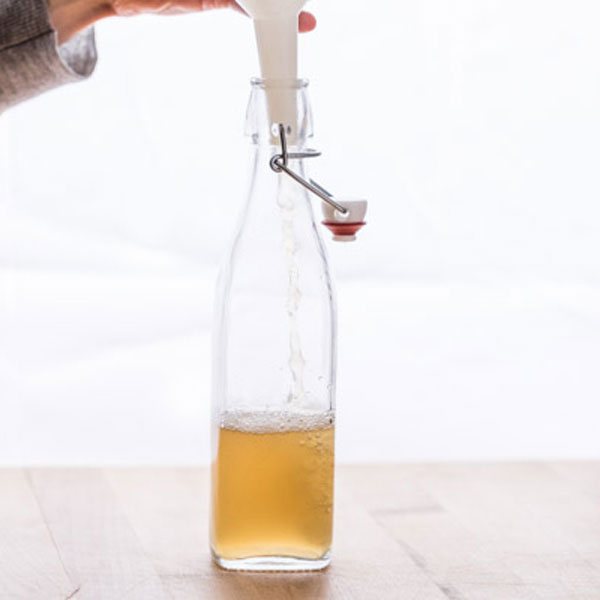
6. Let your brew ferment at room temperature for 3 to 4 days, then in the refrigerator for 2 more days (this is the part of the process that will result in that great fizziness).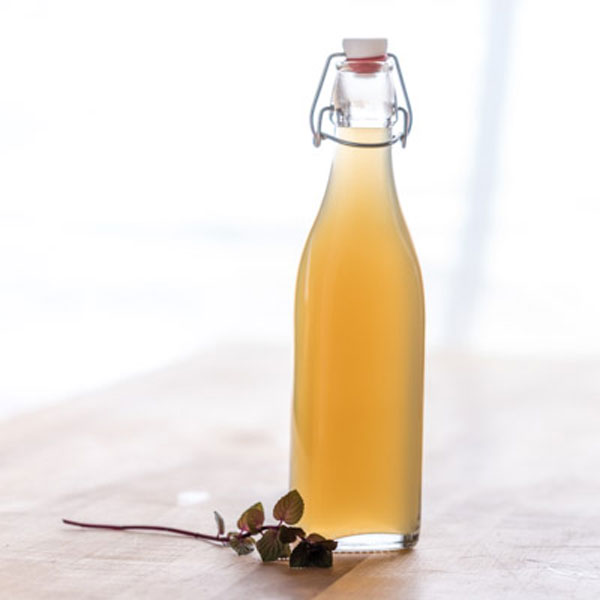
7. When opening your brew for the first time, be super careful. Just like Freddie Mercury and David Bowie sang, with all things fizzy, this ferment is under pressure (think champagne and the various champagne-related disasters that might grace your past). I open mine over a sink.
8. Pour into a chilled glass and enjoy! If you prefer ice rather than a chilled glass, make a bit of extra herbal tea (minus the bug), pour it into ice cube trays, and freeze. This way, you can add chill without diluting flavor.
Note:
Any time you borrow liquid from your bug, you’ll need to replace it. Dissolve two tablespoons of sugar in a quarter-cup of water, for every quarter-cup you remove. (For the purposes of the above recipe, you’ll add four tablespoons of sugar dissolved in ½ cup of water back into your bug jar).

